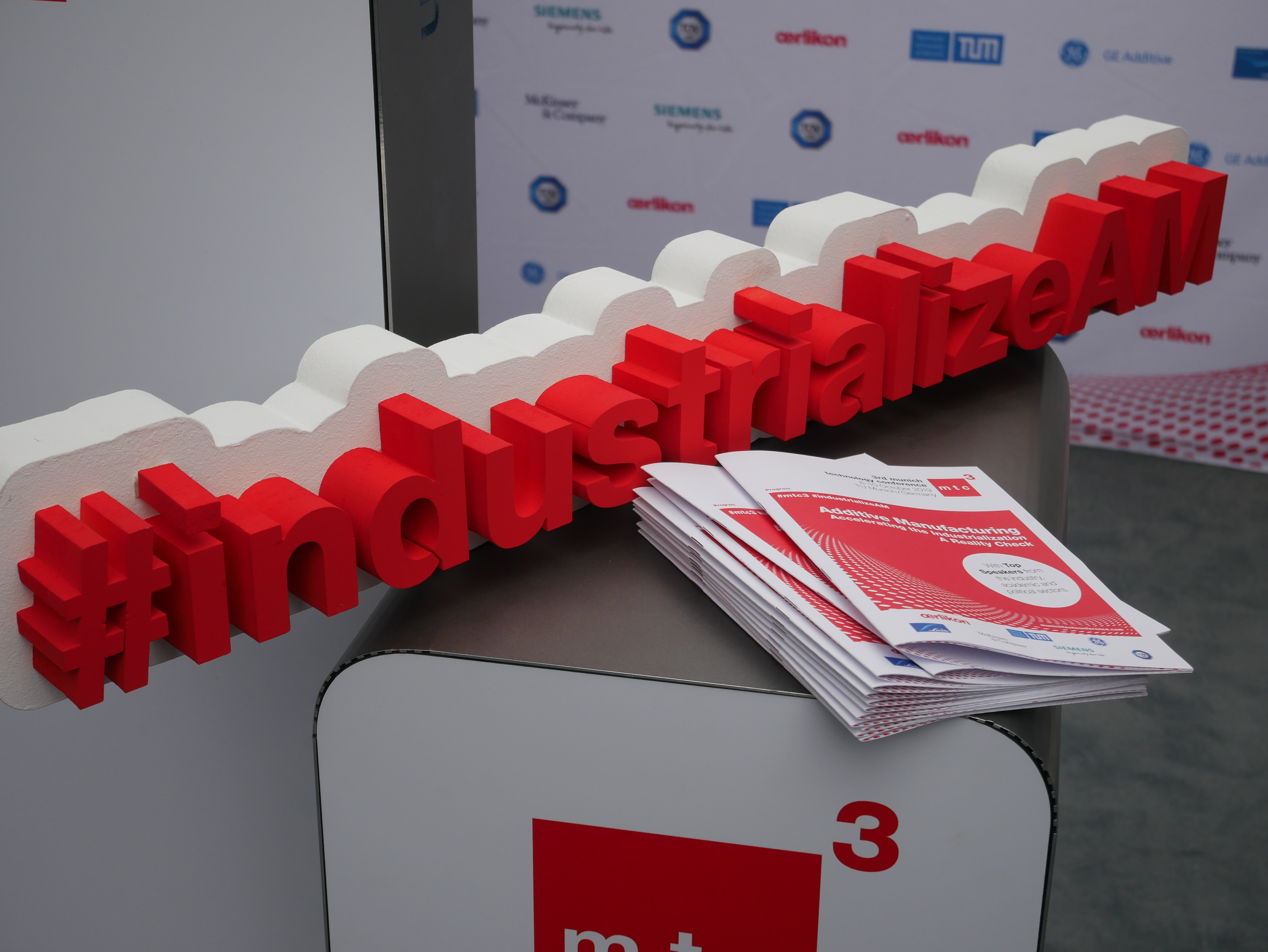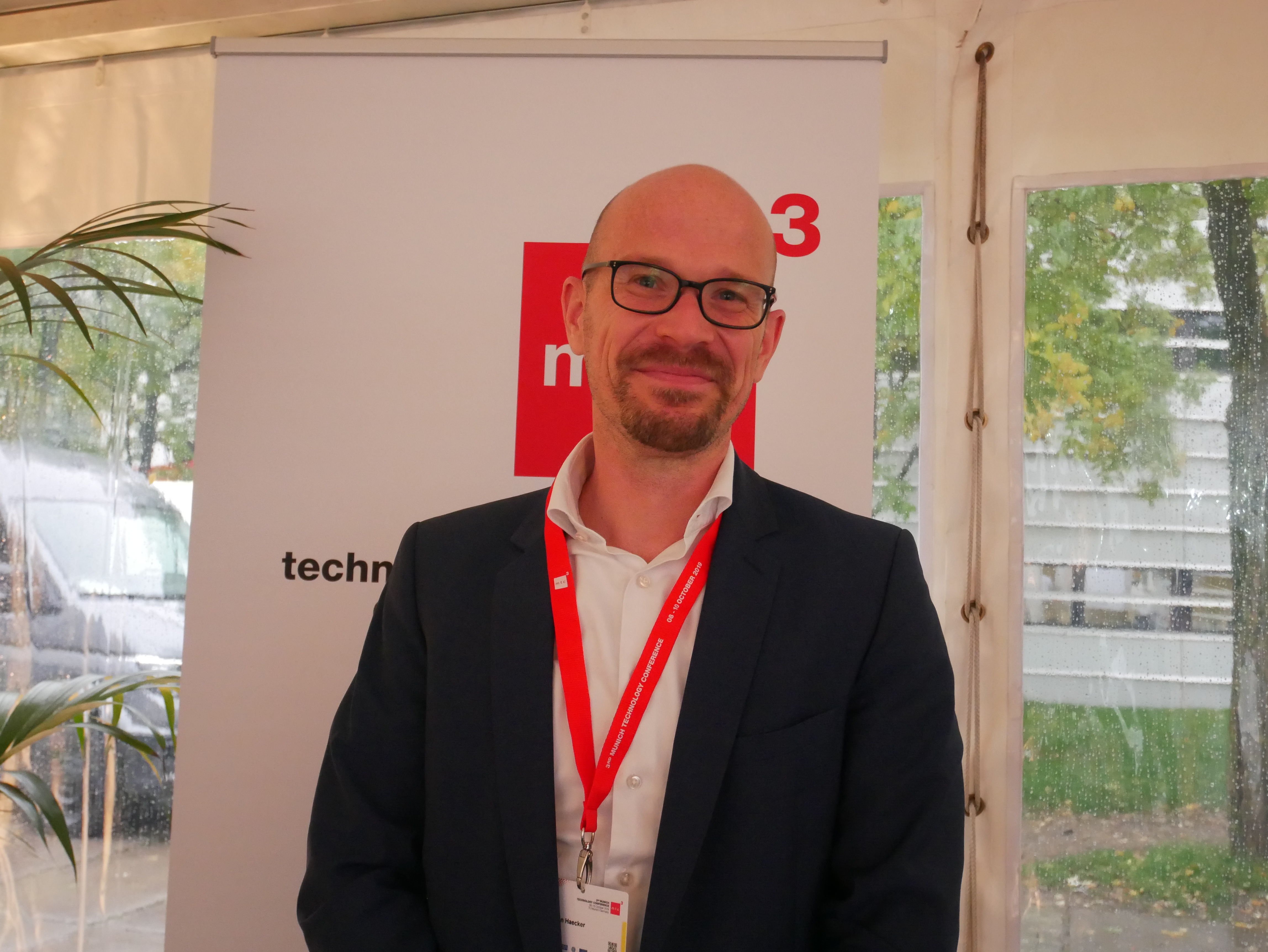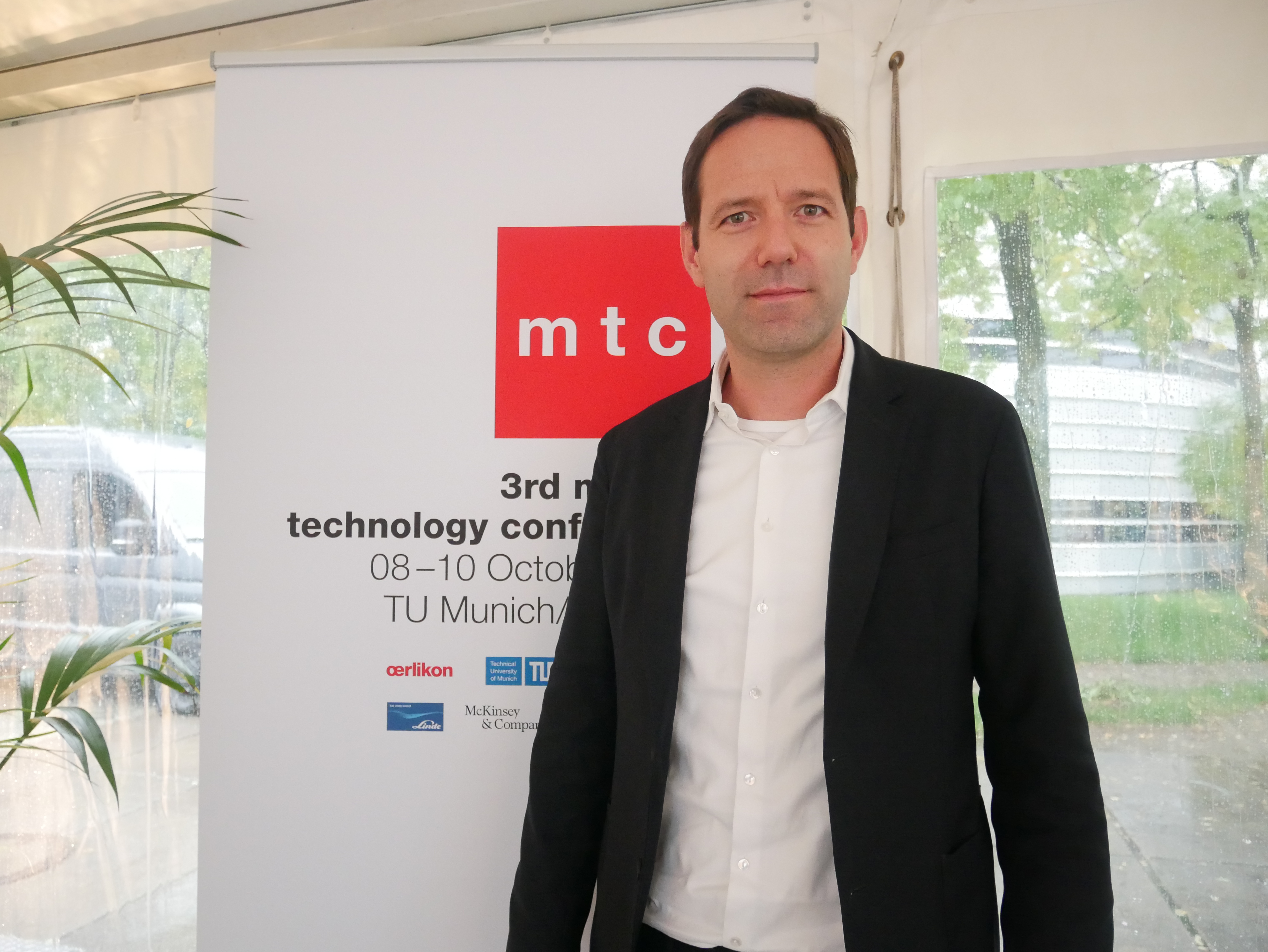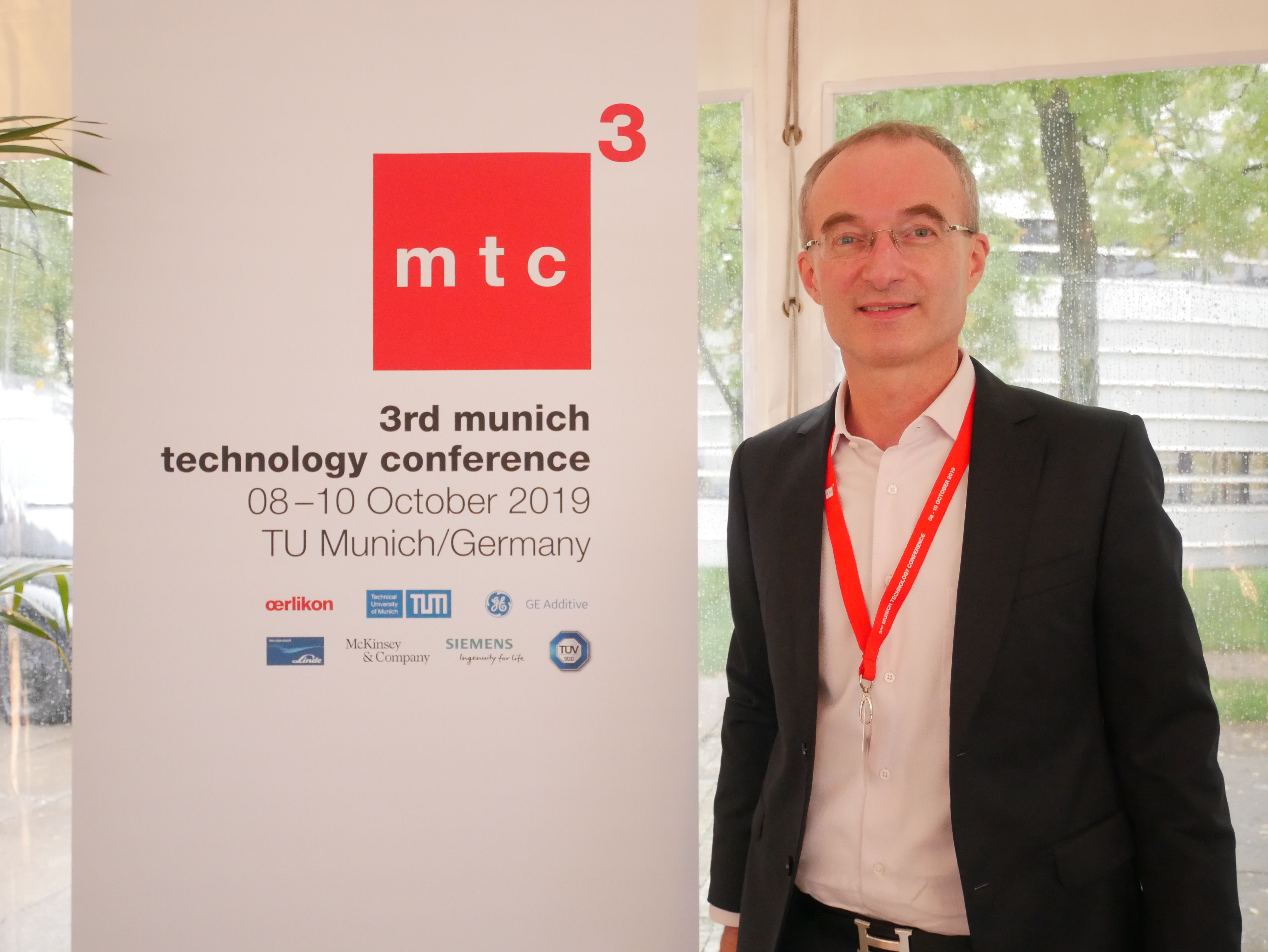The Third Munich Technology Conference (MTC3) set the highest attendance in its third year last week. With scientists, scholars, and industry leaders present, the event fostered various discussions on the barriers halting the industrialization of additive manufacturing.
3D Printing Industry sat down with Dr. Christian Haecker, Head of Additive Manufacturing Industrialization at Oerlikon Group, Andreas Behrendt, partner at Mckinsey & Company, and Holger Lindner, CEO of Global Product Service Division, TÜV SÜD, to gain insight on the stagnation of such technologies.

3D Printing Industry: The absence of material, hardware, and software development have been recurring topics of MTC3, do you see any restrictions from the political side?
Dr. Christian Haecker, Head of Additive Manufacturing Industrialization at Oerlikon Group: Overall, I don’t see many political barriers but there is a question of getting political support for additive industrialization. This is not necessarily a barrier but it could indeed be speeded up and more focused. Overall, there is, of course, the wider issue of trade wars – but then again every other industry is also dealing with it – so we must as well.
For me, additive manufacturing is in what I like to call ‘the valley of reality’ or ‘valley of truth’. Though some countries tend to take more risks when it comes to technology, the industries are really what’s driving the technology development. Companies in central Europe may be developing certain processes more, but adoption in the U.S. is definitely quicker than others.
Nevertheless, many regions have different approaches. Some in Africa may see promising uses for 3D printing in medicine while here in Germany others have seen that it is more of an advantage for engineering innovations. I believe that if we keep implementing AM in ways that we are called upon by a customer or naturally as we continue to research, the technology will accelerate.

3D Printing Industry: Are there sectors in particular where you think additive is prospering? And where do their barries lie within the application?
Andreas Behrendt, partner at Mckinsey & Company: The core problem we can solve with 3D printing is customization. Even in mass-producing industries such as automotive, the amount of customization goes up and up with every car generation. Additive manufacturing offers enormous potential in this area as it can alter interior designs and aesthetics at a cheaper cost.
If you look at efforts for customization right now, manufacturers are trying to solve it using logistical methods, like bigger warehouses, more transportation of parts, more in-sequence production. This is taking up too much space; they’re are not yet thinking in a revolutionary way.
Another element that is not being tapped into is emission-free production. Around the globe, we have something I call ‘parts tourism’ which is actually insane. This means parts that are produced in China are shipped to London, Amsterdam or wherever the client may be. 3D printing can bring parts much much closer to where they are needed. In fact, many of our clients believe that in the next 10 years, regulations will be much more strict on carbon emissions.
If you think this through, what will happen is an aircraft with zero emissions, for instance, will be created using traditional manufacturing technologies centered in one place, or you will have to prove you have an emission-free value chain. This will make the business case of 3D printing more prominent than today where companies are have lost optimism due to pilot purgatory.

3D Printing Industry: What attitudes have you seen towards the acceleration of additive manufacturing?
Holger Lindner, CEO of Global Product Service Division, TÜV SÜD: The barriers that I see are behavioral. This is because the opportunities additive can yield are offset by companies who are unwilling to give up the classical way of designing and building products. This is due to a lack of confidence and trust in new AM processes as well as previously established systems of production which have proven to have desirable outcomes.
Nonetheless, I see a lot of governmental stimuli, especially in Singapore, and now from the new Bavarian cluster which is following the Asian lead. What Singapore does traditionally is to provide governance with a very good ecosystem for companies to develop policies, conduct tests, as well as corporate training and not just academic training. This is important if you want to convert industries.
Our bases in Singapore work to quantify a readiness level in different areas of AM. For example, qualifying suppliers or going beyond testing to applying 3D printing domestically. Germany is similar as academia is here, political willingness is here, and so are the big companies operating in industries such as aerospace, healthcare and automotive. The change is occurring just at a reasonable pace.

For more on additive manufacturing subscribe to the free 3D Printing Industry newsletter, follow us on Twitter and like us on Facebook.
Looking for a new job or want to hire AM experts? Create a free profile on 3D Printing Jobs, or advertise to find experts in your area.
Featured image shows MTC3 signage. Photo by Tia Vialva.


